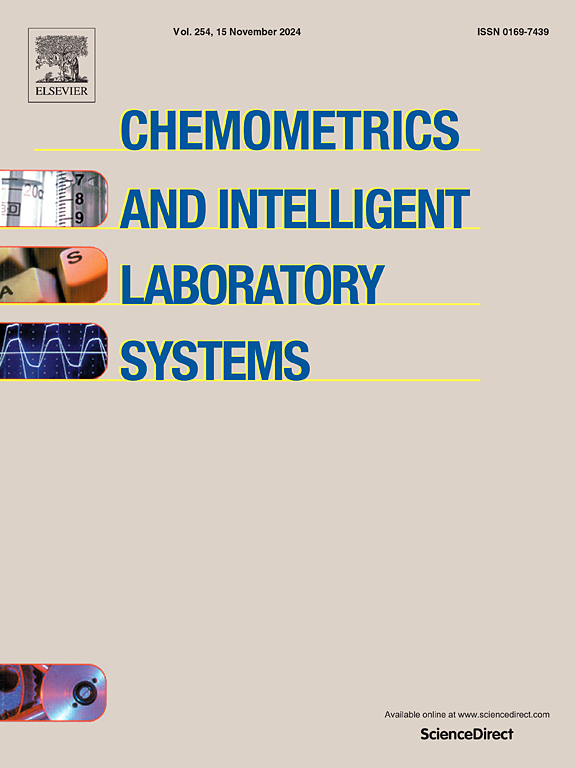Hybrid factors latent Gaussian process modeling with wasserstein distance for soft sensing of extruder processes
IF 3.7
2区 化学
Q2 AUTOMATION & CONTROL SYSTEMS
Chemometrics and Intelligent Laboratory Systems
Pub Date : 2025-03-20
DOI:10.1016/j.chemolab.2025.105387
引用次数: 0
Abstract
In the domain of polymer production, twin-screw extruders are crucial, necessitating precise monitoring of key quality variables. However, challenges arise due to time-variant and intricate production processes, as well as high-dimensional and hybrid screw configuration data, hindering efficient quality inference. To overcome these hurdles, a latent variable-based online soft sensing approach, termed just-in-time hybrid factors Gaussian process latent variable regression (GPLVR) via the Wasserstein metric, is proposed for twin-screw extruders. Specifically, composite variables are firstly constructed that combine both quantitative and qualitative factors, ensuring a comprehensive representation of the process. Subsequently, the just-in-time method is adopted to ensure continuous updating of the model. To describe the mixed-type dataset of extrusion process data including both continuous and discrete elements. The Wasserstein distance is utilized to select historical samples that closely match the distribution of online query samples. Furthermore, the GPLVR is used to address the curse of dimensionality associated with high-dimensional screw configuration elements. The effectiveness of our proposed method has been verified through its application in the production process of polypropylene, demonstrating its potential to improve the accuracy and reliability of quality inference in twin-screw extruder operations.
求助全文
约1分钟内获得全文
求助全文
来源期刊
CiteScore
7.50
自引率
7.70%
发文量
169
审稿时长
3.4 months
期刊介绍:
Chemometrics and Intelligent Laboratory Systems publishes original research papers, short communications, reviews, tutorials and Original Software Publications reporting on development of novel statistical, mathematical, or computer techniques in Chemistry and related disciplines.
Chemometrics is the chemical discipline that uses mathematical and statistical methods to design or select optimal procedures and experiments, and to provide maximum chemical information by analysing chemical data.
The journal deals with the following topics:
1) Development of new statistical, mathematical and chemometrical methods for Chemistry and related fields (Environmental Chemistry, Biochemistry, Toxicology, System Biology, -Omics, etc.)
2) Novel applications of chemometrics to all branches of Chemistry and related fields (typical domains of interest are: process data analysis, experimental design, data mining, signal processing, supervised modelling, decision making, robust statistics, mixture analysis, multivariate calibration etc.) Routine applications of established chemometrical techniques will not be considered.
3) Development of new software that provides novel tools or truly advances the use of chemometrical methods.
4) Well characterized data sets to test performance for the new methods and software.
The journal complies with International Committee of Medical Journal Editors'' Uniform requirements for manuscripts.

 求助内容:
求助内容: 应助结果提醒方式:
应助结果提醒方式:


